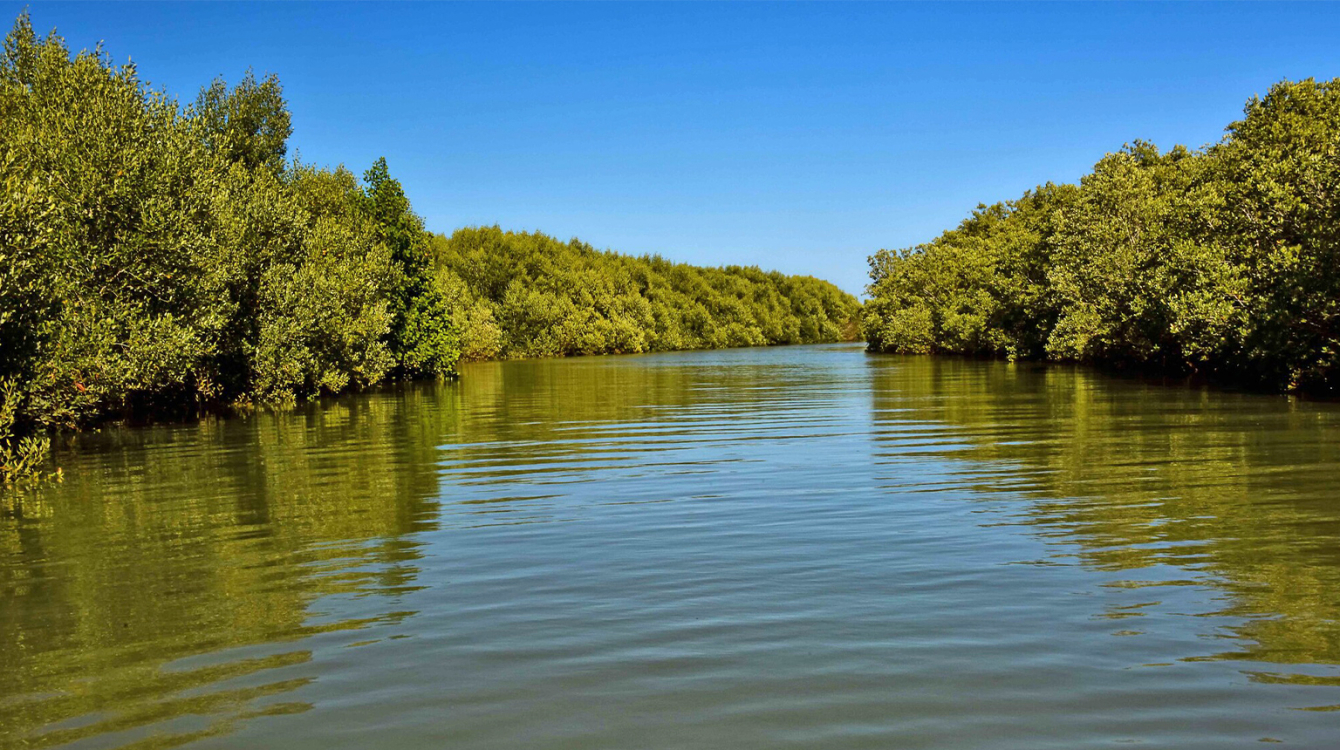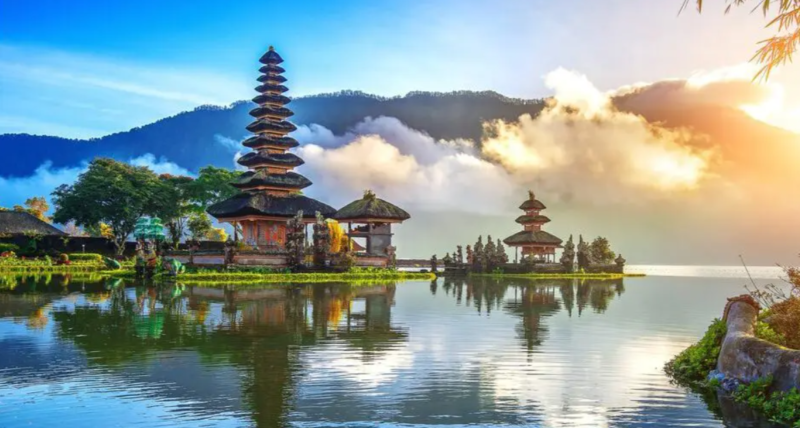African countries can use innovative financial tools such as debt swaps, green and blue bonds to protect marine ecosystems, stimulate growth, and adapt to climate change.
Securing new financing for the common good has become harder than ever. The negotiations at the recent COP16 on nature and biodiversity failed to reach an agreement on creating a fund to support the implementation of the nature framework agreed upon in 2022 under the Montreal-Kunming agreement.
The upcoming COP29 on climate change is also expected to face a tough challenge in setting a quantified collective target for climate financing that reflects the scale of resources needed.
As with any multilateral action, commitments without resources raise questions about the effectiveness of these global processes.
The gap between global commitments and actual resource allocation hits African countries hardest, as they often have limited capacity to generate these resources in the first place.
African negotiators have emphasized the need for accountability in fulfilling multilateral commitments and will continue to advocate for this position during upcoming climate negotiations.
Meanwhile, many African countries are actively seeking to unlock new streams of financing for climate and environmental resilience through financial innovations such as debt swaps, green bonds, and blue bonds.
The blue economy has become a major area of interest for Africa and one of the priorities of the African Union’s Agenda 2063. However, African countries have continued to struggle to control and benefit from their own resources.
The continued harmful subsidies to fisheries is a good example. The value of subsidies provided by distant fishing nations to their fleets operating in African waters is, on average, double the support that African countries can provide to their own fishing fleets. This disparity undermines local economies and depletes Africa’s ocean resources, further complicating efforts to establish a sustainable and resilient blue economy.
The Great Blue Wall
African countries have sought to redefine how they leverage their ocean spaces to develop a « regenerative blue economy. » This involves reinvesting in the ocean to create jobs that engage communities who are the custodians of oceans and coastal ecosystems.
This idea was conceptualized under the Great Blue Wall initiative, an ambitious project aiming to create a network of conserved and restored marine landscapes, benefiting both natural biodiversity and the livelihoods of local communities. The initiative aims to protect 30% of Exclusive Economic Zones (EEZs) of countries by 2030 and to produce a net gain of essential ecosystems such as mangroves, corals, and seagrass beds. The initiative is expected to contribute to the creation of 70 million livelihoods in the region and 10 million blue jobs by 2030.
The Great Blue Wall initiative brings together 10 countries: Comoros, Kenya, Madagascar, Mauritius, Mozambique, Seychelles, Somalia, South Africa, Tanzania, and France (through its overseas department, Réunion). These countries are working together to strengthen socio-ecological resilience, improve livelihoods, and enhance climate change adaptation efforts.
Financing
It is crucial for the initiative to mobilize funds to achieve a collective goal while leveraging the efforts of individual countries. This presents some advantages, including economies of scale. This common approach can also address issues such as fisheries management and move away from the extractive nature of current fisheries subsidies towards a community-based resource management approach.
Additionally, many other African countries are seeking to exploit innovative climate finance opportunities to generate resources for investing in their blue economies.
For example, Cabo Verde and São Tomé and Príncipe have struck agreements with Portugal to convert part of their national debt into climate investments. For Cabo Verde, the agreement involves a debt swap of $12.9 million (€12 million), while São Tomé and Príncipe’s agreement covers $3.7 million (€3.5 million). These funds are redirected to climate investment projects rather than being paid directly to Portugal.
In Cabo Verde, the focus is on projects related to water, sanitation, and energy, including the expansion of a photovoltaic power plant and the development of desalination and water treatment facilities. The initiative aims to use solar energy to produce desalinated water, meeting both energy and water needs.
Similarly, São Tomé and Príncipe will channel its debt repayments into a national climate fund, which will support various green investments and climate adaptation projects.
This innovative approach ensures that debt repayments contribute to sustainable development and environmental protection in these countries. While the amounts may be relatively small, they can serve as catalysts for mobilizing larger funds.
In this spirit, São Tomé and Príncipe has also announced the creation of a conservation trust fund to channel resources into preserving their unique natural heritage and leveraging new economic opportunities such as ecotourism.
All these efforts to mobilize innovative climate finance are rooted in the needs of populations on the frontlines of climate change. This may be the most significant aspect of these efforts, as it underscores the greatest challenge of multilateralism: ensuring aid reaches the most vulnerable members of the community.
Investing in the link between climate, nature, and resilience is one of the most urgent and effective measures we can take. Proper investments can help unlock the real value of Africa’s natural assets, estimated by the African Development Bank (AfDB) at $6.2 trillion.
We need global processes to deliver on the promise of large-scale, predictable financial flows. However, it is equally important to unlock African initiatives that are building within communities. These innovations help kickstart this journey, paving the way for meaningful change, empowering communities while addressing the challenges of climate change.
Source:africarenewal




